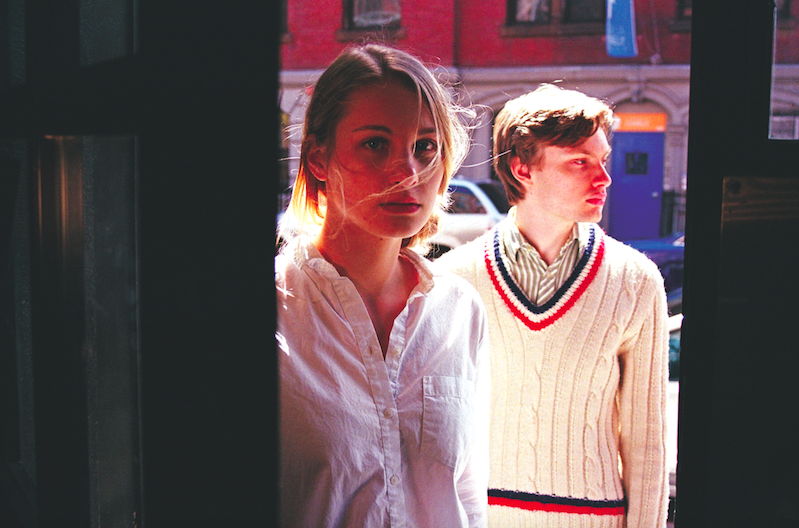First-Wave Feminism
Looking at the below-the-knee hemlines, drop-waist shifts and cloche hats of the 1920s from a modern perspective, the styles may seem conservative and antiquated. But in their day, they were liberating and groundbreaking. The fashion of the ‘20s represents a period in history where women gained social, political and sartorial freedom.
The freedoms that American women gained in the 1920s were a result of first-wave feminism. The beginning of the movement occurred at the Seneca Falls Convention, nearly a century before the ratification of the 19th Amendment. Held in 1848, the event spearheaded the women’s rights movement, focusing on women’s suffrage. Women of Victorian America galvanized women’s suffrage campaigns and made their voices heard. Their corsets became armor against their opposers.
On Aug. 26, 1920, they emerged triumphant and possess- ing the right to vote with the passage of the 19th Amendment. Their new political and social freedom reflected the emerging, increasingly liberal mindset. The changing temperament of society translated to changing fashions as well.
By the ‘20s, the silhouette of women’s clothing had completely transformed from its Victorian predecessors. Undergarments lay the foundation for a woman’s shape, and the women of the Roaring Twenties shed their constricting corsets, abandoned their weighty knickers and discarded their cumbersome petticoats and bustles. The restricting undergarments not only physically determined a woman’s form, but also metaphorically represented the limitations formerly placed on women. In the 1920s, those structured shapes gave way to the preferred boyish fig- ures. Instead of accentuating their curves, women sought to hide them. Modern women wanted modern lines.
Women’s more active lifestyles in the ‘20s required clothes that allowed movement. That meant showing some skin. Hemlines rose to just below the knee and sleeves were cut off to show bare arms. The designs of Jeanne Lanvin and Coco Chanel were the epitome of clothing for the modern woman. They created clothes that were comfortable and dynamic. The chemise or shift dress — defined by its boxy silhouette, drop waist and below-the-knee hemline — became the dominating garment of the period. Adorned with fringe, beading and embroidery, the chemise dress became synonymous with the flapper style. Both Lanvin and Chanel featured the chemise dress during the ‘20s. Chanel, however, went a step further and brought the little black dress and women’s trousers into the fashion world.
The two main components of women’s fashion in the ‘20s were activity and accessibility. Activity was addressed by women’s sportswear becoming increasingly more prevalent as women enjoyed golf, tennis and swimming. Most of the garments were slim-fitting and stretchy to accommodate the various activities, although some out- door recreation embraced the androgynous look and adopted menswear pieces like plaid wool shirts and Fair Isle sweaters.
Accessibility was also the main feature of the flapper style which arose in 1926. After designers made the chemise dress in vogue, the style became easy to find at affordable prices and the pattern was simple enough for women to sew on their own. Women from lower incomes were able to keep up with fashion and be on-trend for the first time in history.
Of course, the flapper style was not revolutionary for its design alone; the women sporting the style were known for being radical. They danced, drank, smoked and did the opposite of what society expected of them. Being youthful and carefree were the main components of a flapper’s lifestyle. They took advantage of the freedom the previous generations had won and pushed the limits of society’s progressive mindset. They flaunted their feminine power by sporting looks that completely departed from the womanly dress of the pre-World War I era. They bobbed their hair and even bandaged their chests to achieve a boyish look. Flappers dipped into androgynous territory not to look or act like boys and men, but to blast down the previous limitations imposed on them.
The innovative clothing of the 1920s pioneered fashion as we know it today. Its iconic style has been reimagined and recycled throughout the years, keeping it relevant — just as women’s rights have progressed and developed, repeatedly returning to the forefront of societal dialogue. First-wave feminism not only paved the way for women to engage in social and political action, but also transformed how they looked doing it.
Email Sophie Fay Shaw at [email protected].























































































































































